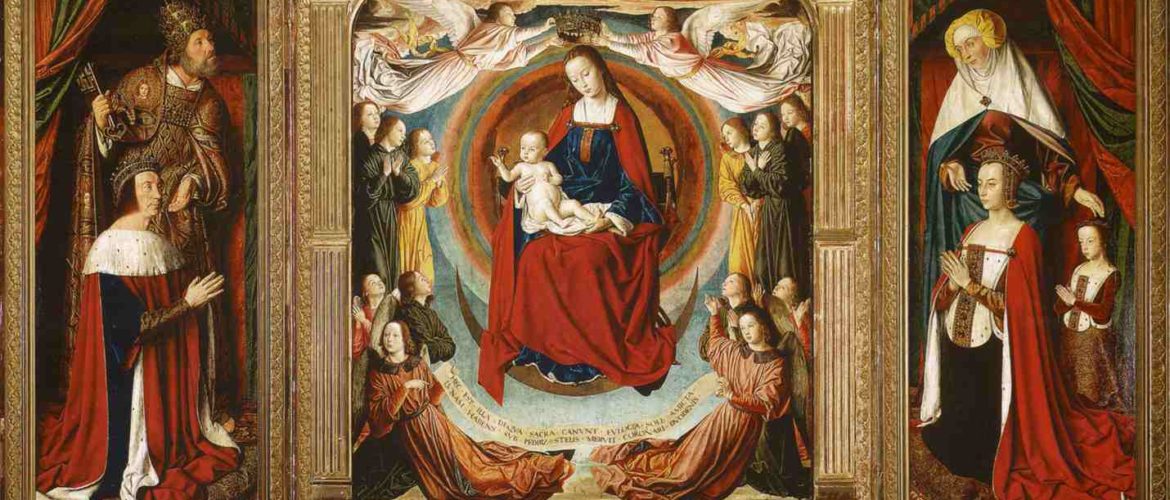Five Qualities of Renaissance Art Thant Made It Revolutionary

The Renaissance era brought about a major shift in all areas of life. Scientific and geographical discoveries, the emergence of new philosophies and scholastic modes, and an increased interest in humanity are the major characteristics of this historical period. But what about artistic self-expression? Here are five qualities of Renaissance art, which were seen as revolutionary at the time.
Five Qualities of Renaissance Art That Made It Revolutionary
The interest in human nature
The Renaissance saw the emergence of individualism. For centuries before that, man was seen as a passive witness of God’s plan. European art of the Medieval times was not created to celebrate human nature. Instead, it was meant to be perceived as educational and moralistic, often illustrating scenes from Christian texts. This changed with Renaissance scholars and artists’ increased interest in understanding humanity in all its complexity and finding out what it was capable of.
The trend toward realism
Humanism becoming a prevalent school of thought and the scientific interest in the human body, both influenced the way humans were portrayed in art. The flatness of Medieval art was replaced with the emotion and realism of the new epoch. The introduction of concepts like perspective and lighting, which were perfected by Leonardo da Vinci, also contributed to the overall trend toward realistic portrayal of the world.
The change in relationship with religion
It would be an overstatement to say that Renaissance scholars and artists abandoned religion. However, their relationship with religion changed. Pieces depicting religious subjects still made up the majority of art produced in that era, but secular works, such as portraits and paintings depicting classical myths, also became extremely popular.
The revival of classical ideas and aesthetics
The scholars of the Renaissance believed that classical ideals were something everyone should strive to achieve. The scholarly works and art of antiquity were seen as epitomes of human genius. Because of that, many sculptors of the era tried to replicate the style of Roman and Greek sculptures.
The appearance of new artistic materials
Egg tempera was the main artistic material before oil-based paint almost fully replaced it during the Renaissance. The popularization of oil allowed artists to reach levels of detail and realism never seen before.
The qualities of Renaissance art, which made it so different back then, are now synonymous with classical European art as a whole. Works by artists of this era are still considered the apex of artistic achievement.
